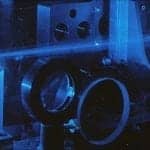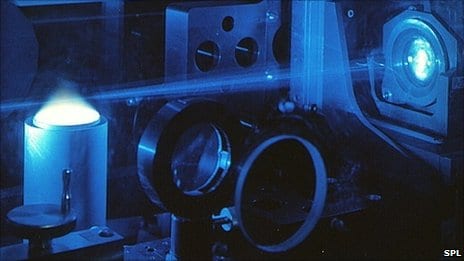
Ablation with a high-powered CO2 laser for non-melanoma skin cancer (NMSC) offers the advantage of highly precise, hemostatic tissue removal, but confirmation of complete cancer removal following ablation is difficult.
The new study explored the feasibility of using Raman spectroscopy as an in situ diagnostic method to differentiate NMSC from normal tissue following partial ablation with a high-powered CO2 laser. According to the new report, partial laser ablation did not adversely affect the ability of Raman spectroscopy to differentiate normal from cancerous residual tissue. The main biochemical difference identified between normal and NMSC tissue was high levels of collagen in the normal tissue, which was lacking in the NMSC tissue, the study showed.
“The results of our study appear to broaden [Raman Spectroscopy’s] applicability by showing that it can be used to distinguish normal from cancerous residual skin tissue following high-powered laser ablation,” says study author Andrew Terentis, PhD, an associate professor of chemistry and biochemistry in the Charles E. Schmidt College of Science at Florida Atlantic University in Boca Raton, Fla, in a news release. “It seems like only a matter of time that some form of Raman spectroscopy will be widely utilized clinically for the diagnosis and/or treatment of diseases such as cancer. “
Stuart Nelson, MD, PhD, editor in chief of Lasers in Surgery and Medicine, agrees. “Terentis et al present ‘Raman Spectroscopy Differentiates Squamous Cell Carcinoma (SCC) from Normal Skin Following Treatment with a High-Powered CO2 Laser,’ which demonstrates that Raman spectroscopy offers great promise as a technique for detecting cancerous tissue. This is the first time that it has been successfully used to detect cancerous tissue following laser ablation, setting the stage for Raman spectroscopy to be used as a guide for laser surgery.”





